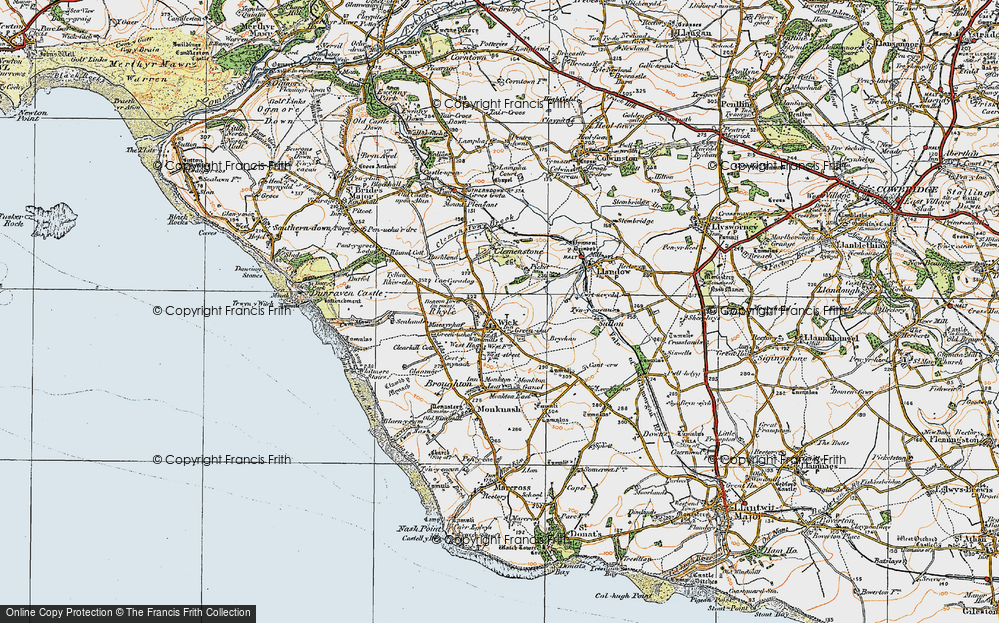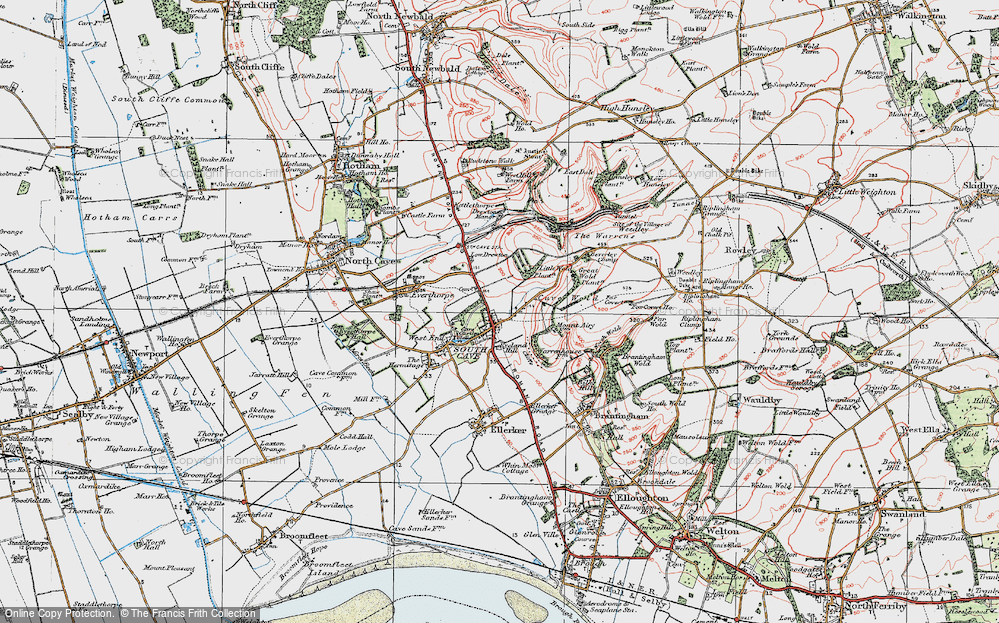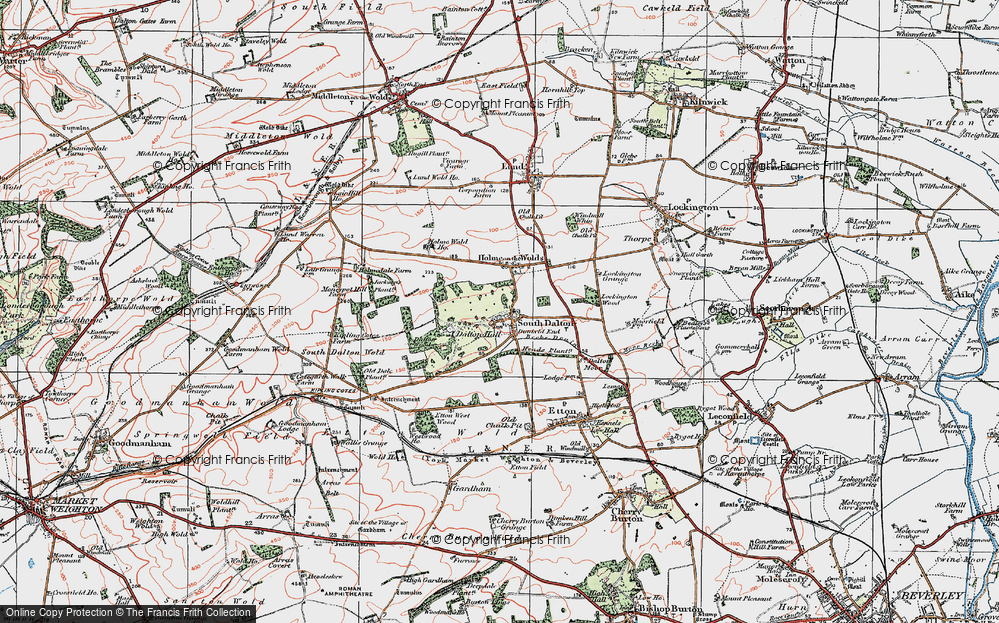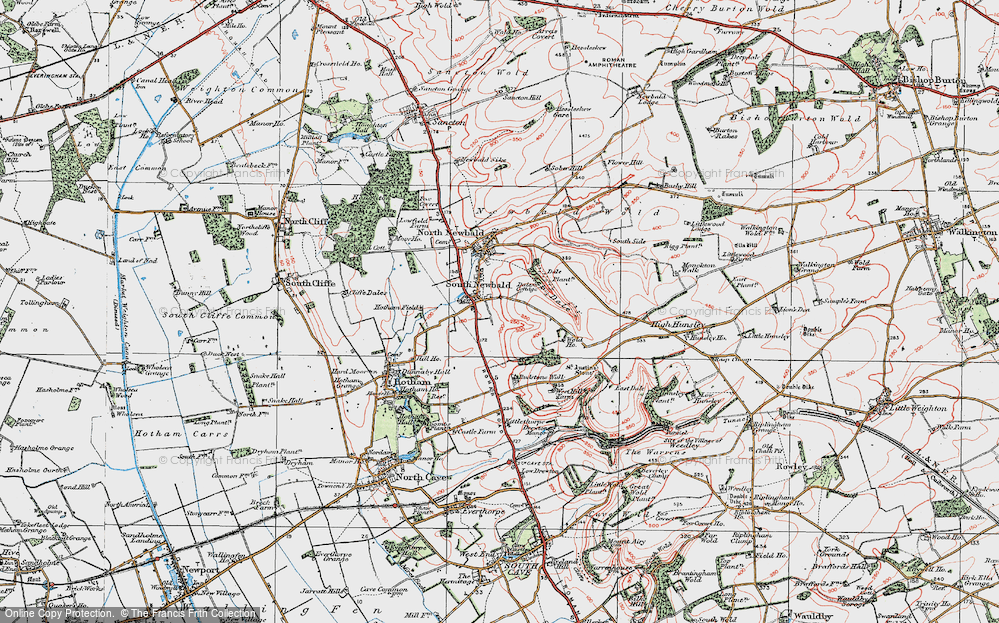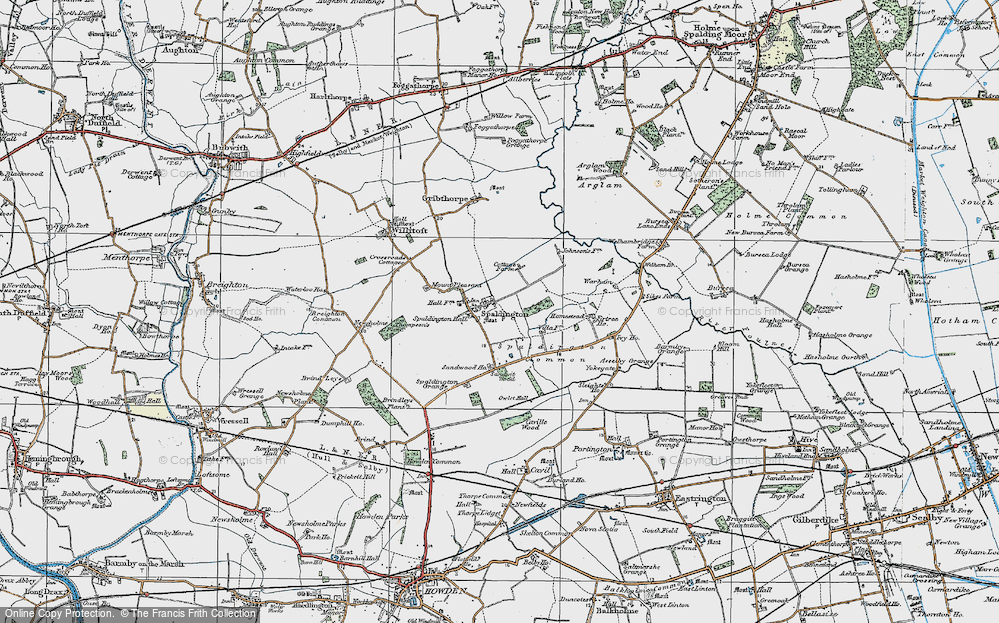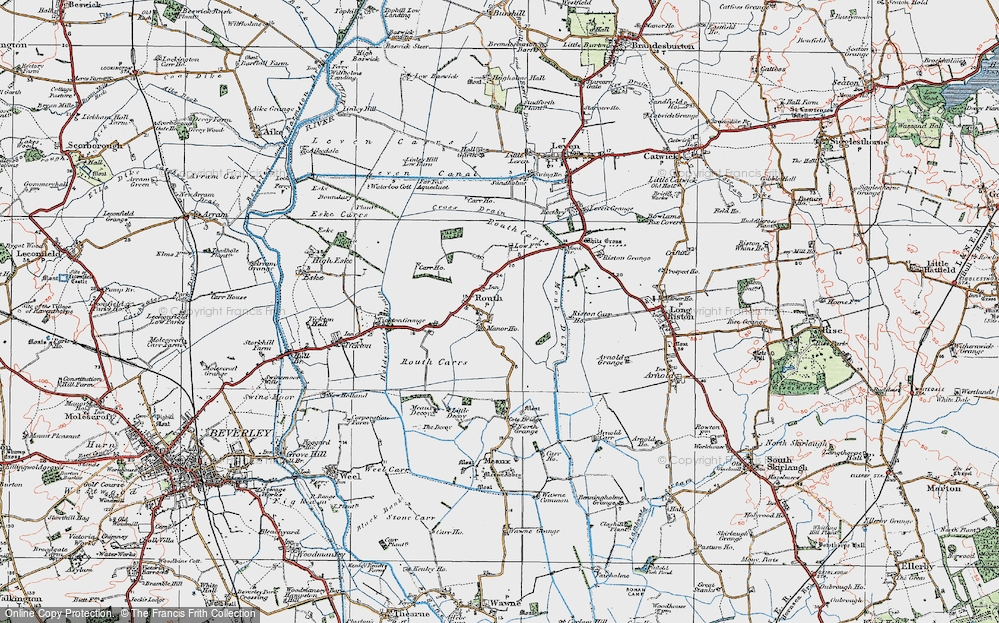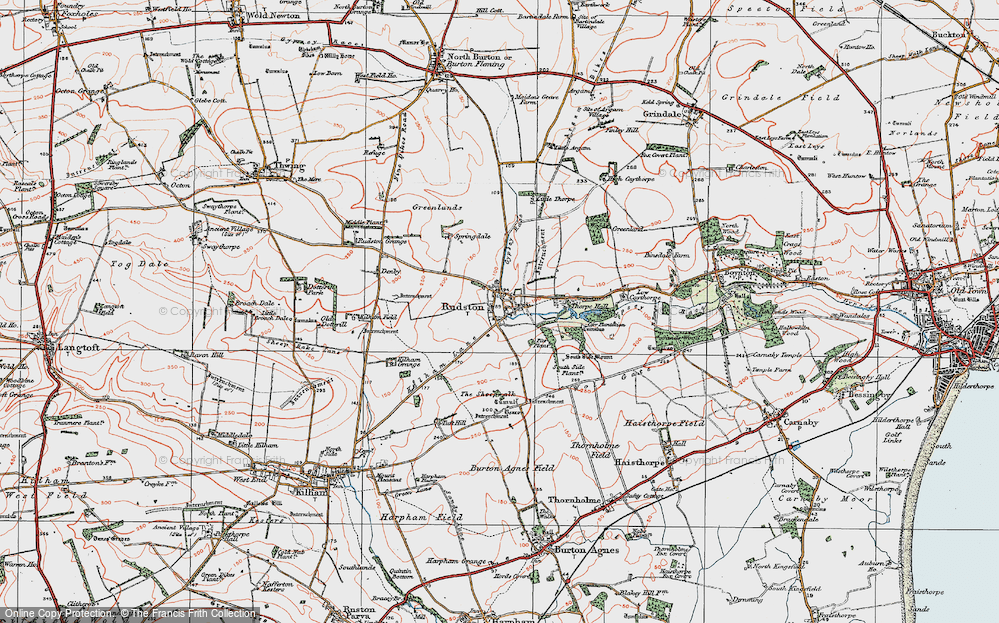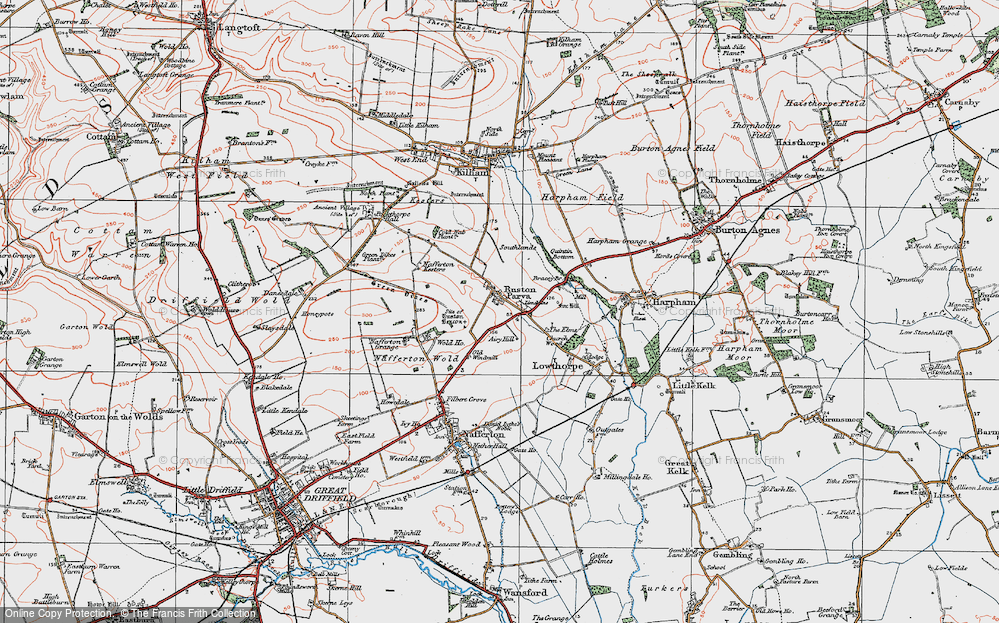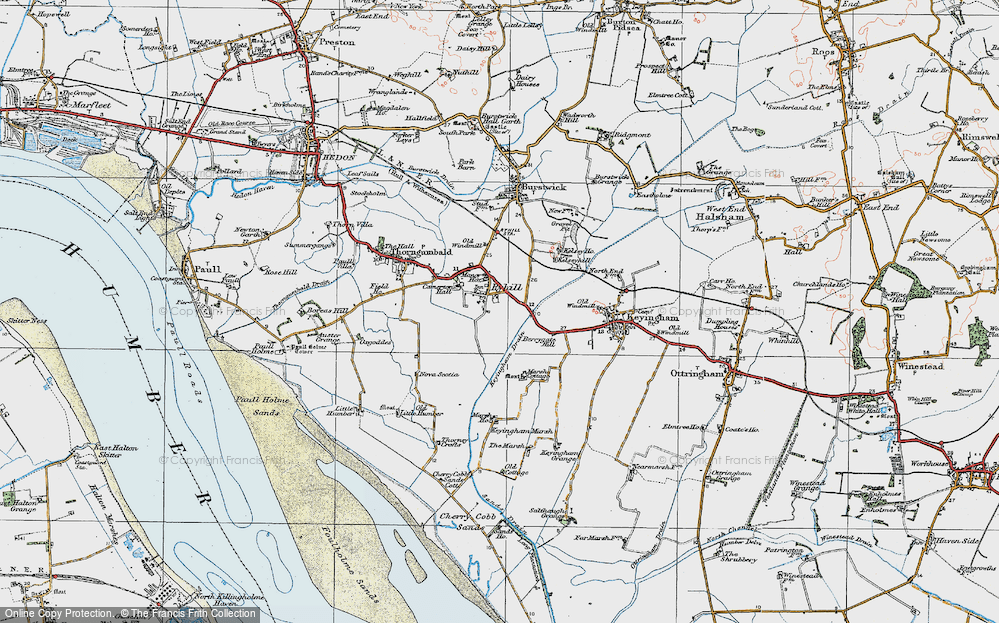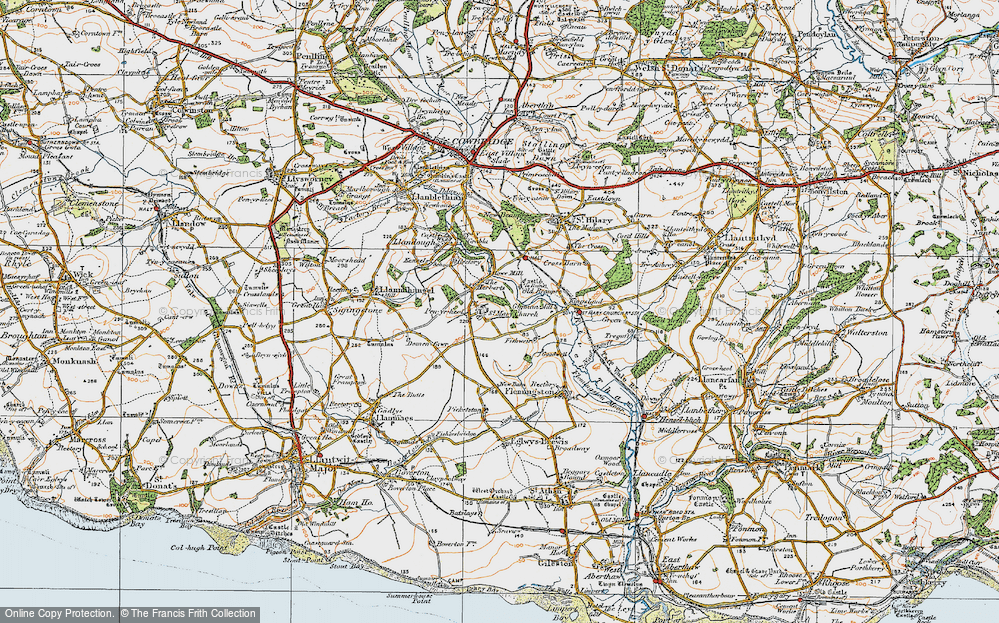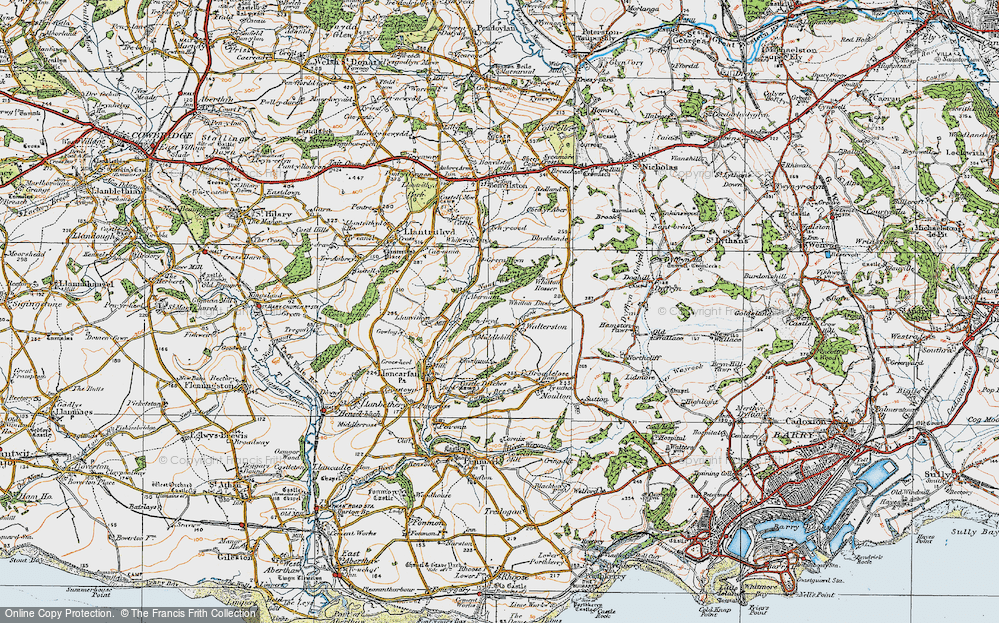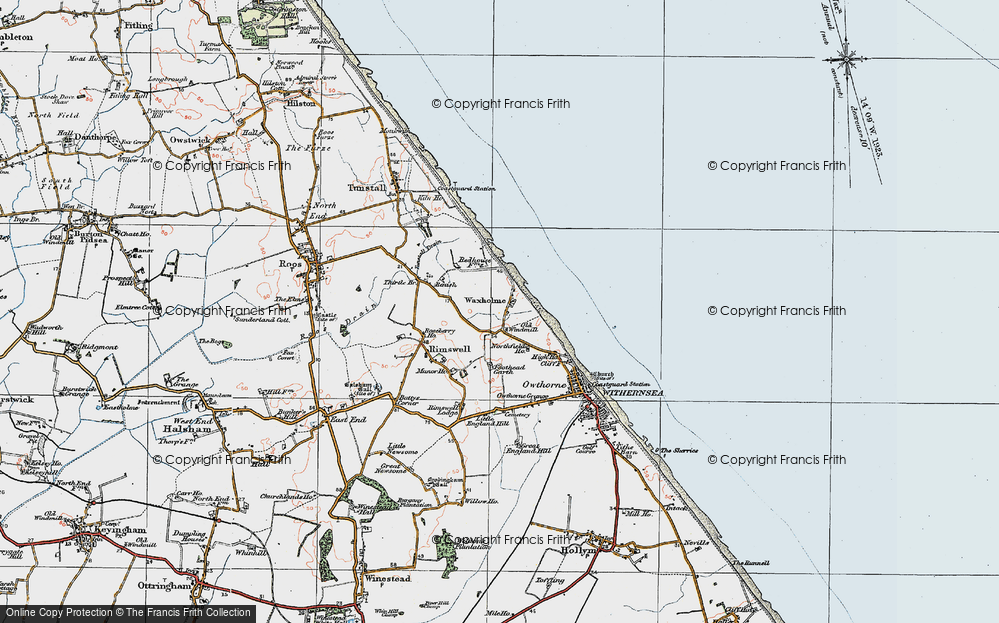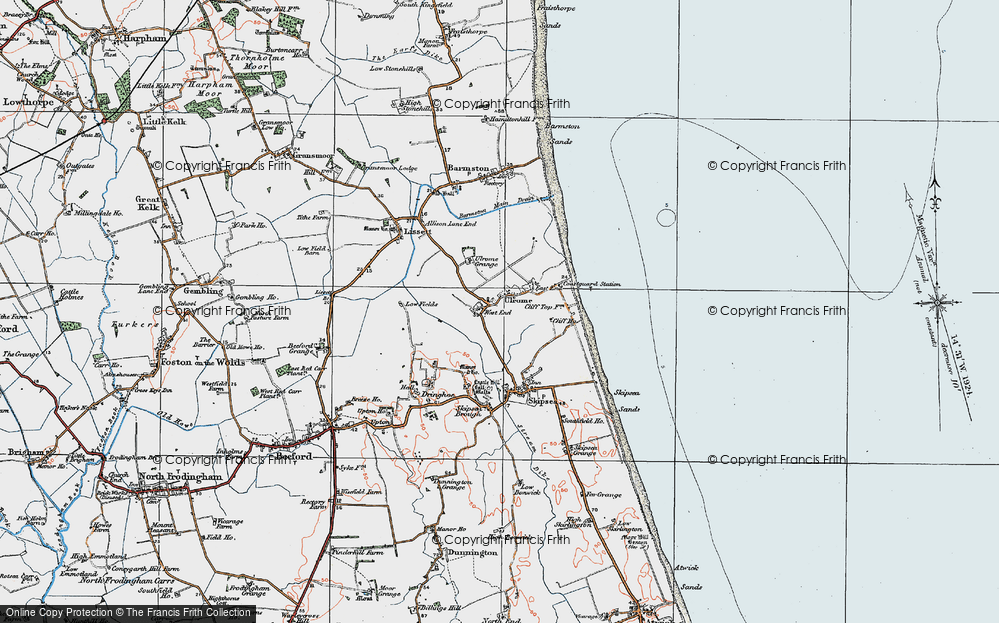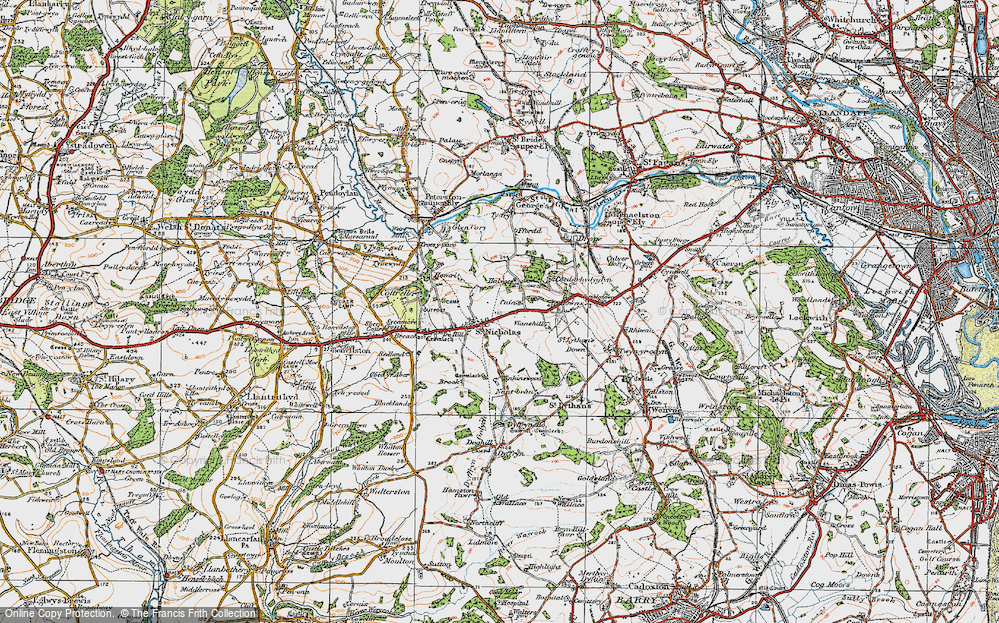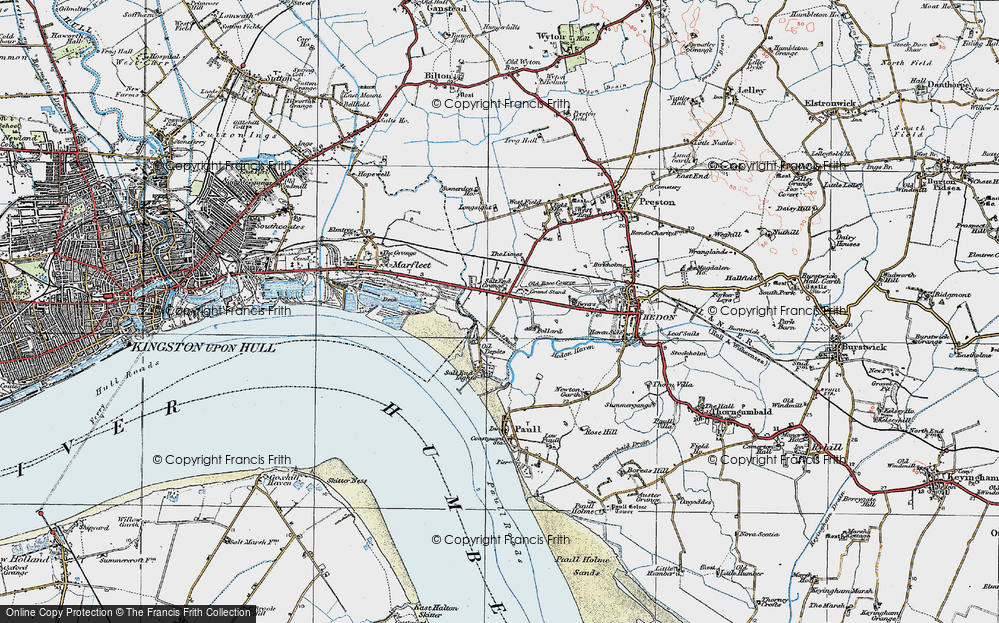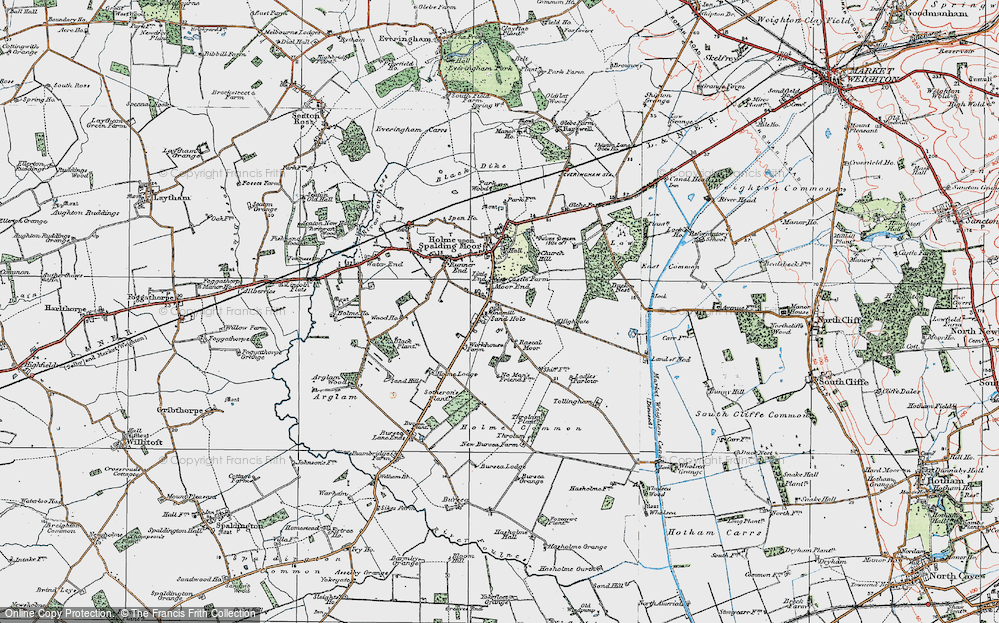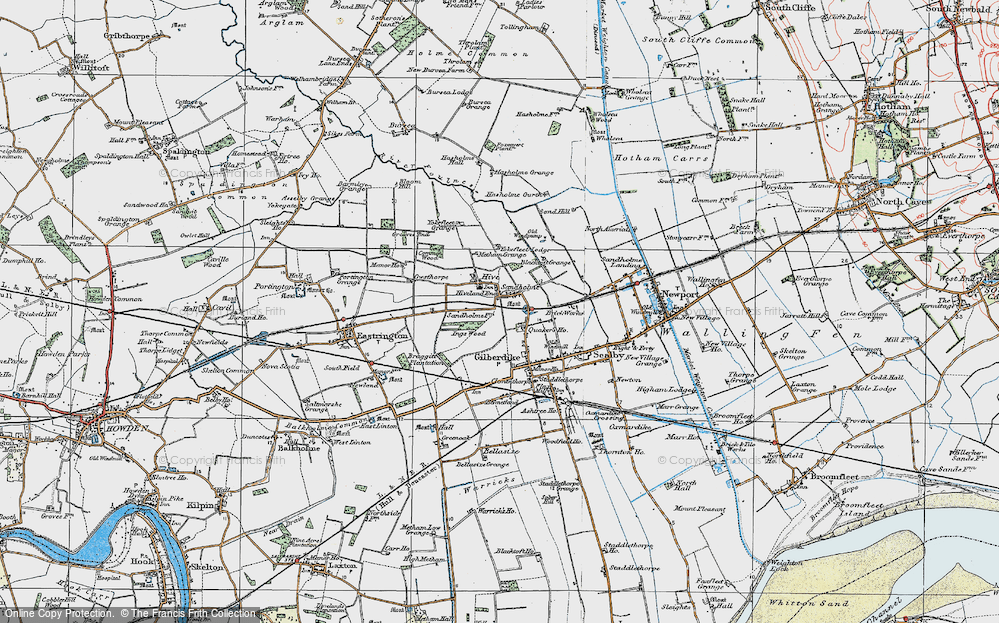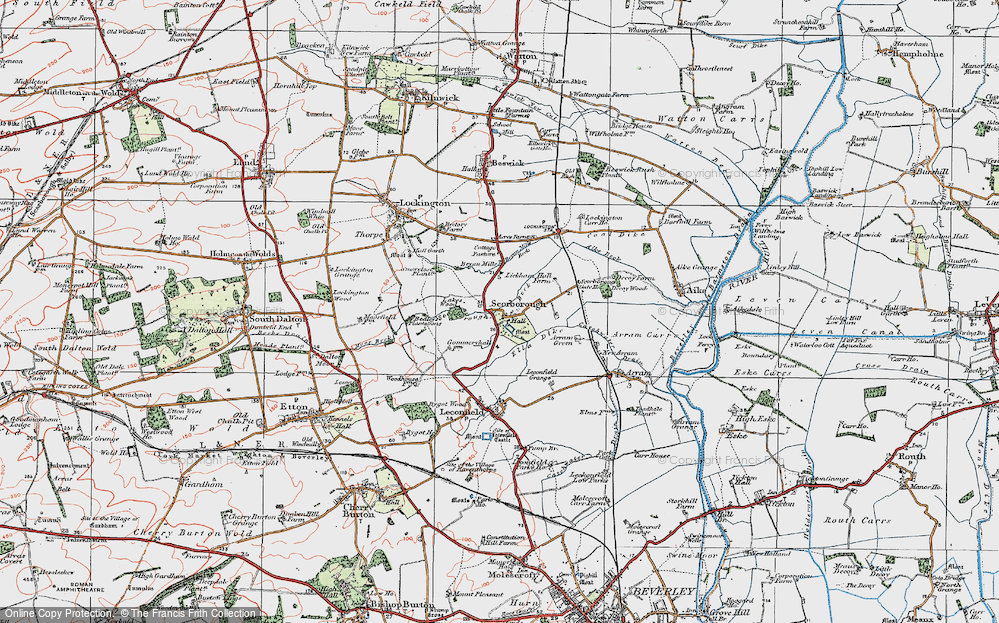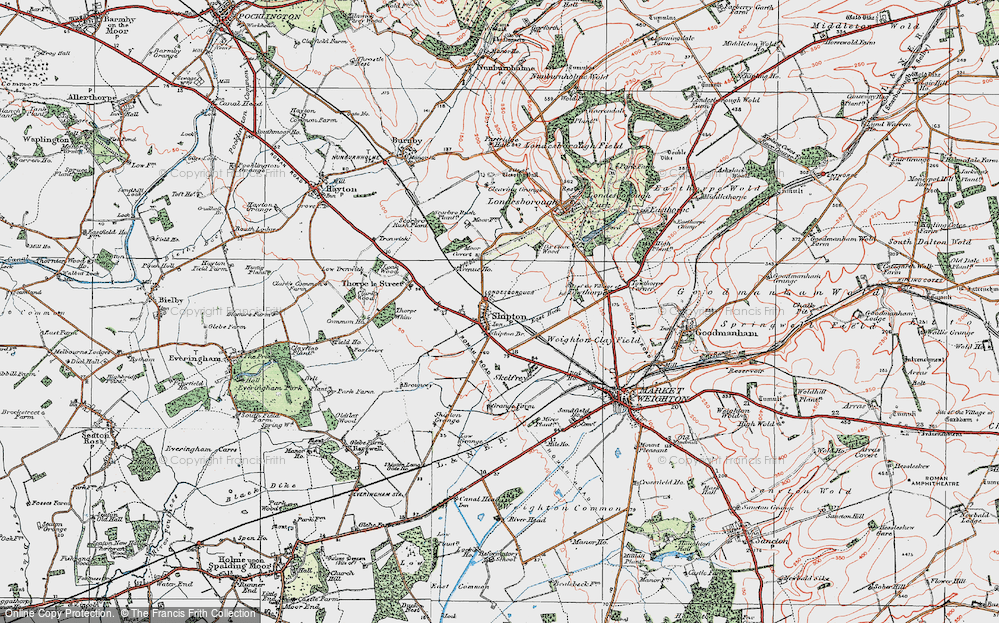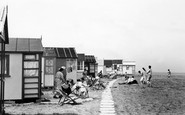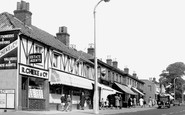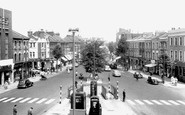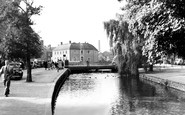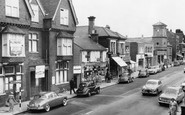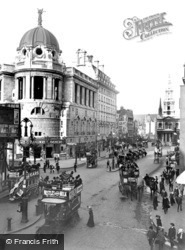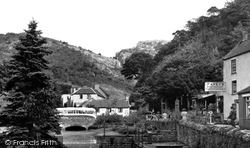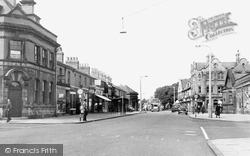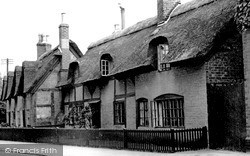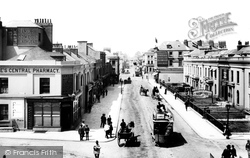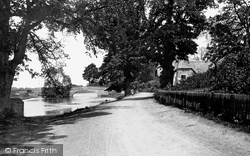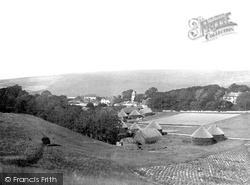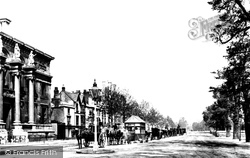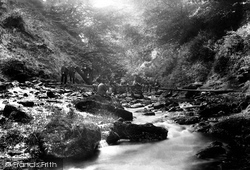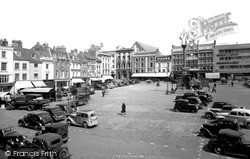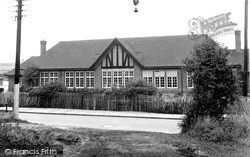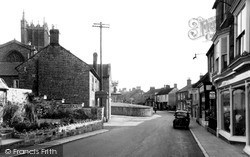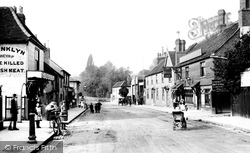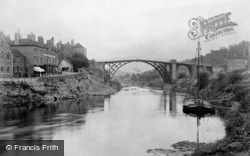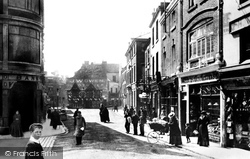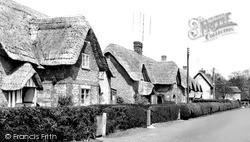Merry Christmas & Happy New Year!
Christmas Deliveries: If you placed an order on or before midday on Friday 19th December for Christmas delivery it was despatched before the Royal Mail or Parcel Force deadline and therefore should be received in time for Christmas. Orders placed after midday on Friday 19th December will be delivered in the New Year.
Please Note: Our offices and factory are now closed until Monday 5th January when we will be pleased to deal with any queries that have arisen during the holiday period.
During the holiday our Gift Cards may still be ordered for any last minute orders and will be sent automatically by email direct to your recipient - see here: Gift Cards
Places
Sorry, no places were found that related to your search.
Photos
Sorry, no photos were found that related to your search.
Maps
7,034 maps found.
Books
163 books found. Showing results 5,761 to 5,784.
Memories
22,913 memories found. Showing results 2,401 to 2,410.
Happy Days
My memories of the caravan site go back to the 1940s when my parents had a caravan there. It was situated at the edge of the site where there is an open field and a footpath. I went back last July for the first time in about 60 ...Read more
A memory of Swalecliffe in 1940 by
Where I Was Born
I was born at my grandmother's house in Chavey Down Road. Her name was Mary-Ann Bye. I only knew her, as my grandfather had died many years before. My mum, Edith Ellen Bye was one of five children and we lived in ...Read more
A memory of Chavey Down in 1948 by
St John's Open Air School, Turpins Lane
I was a pupil at St John's Open Air School from April 1958 until December 1961. Most of the boys like myself were boarders from other parts of the country and we have all lost contact with each other ...Read more
A memory of Woodford Bridge in 1958 by
Village Road, Finchley
I was born at number 7, Village Road, Finchley in 1932 and lived there until October 1939 when my dad's businesses in London were requisitioned. Lots of memories. Milk was delivered by United Dairies and the horse ...Read more
A memory of North Finchley in 1930 by
The Derbyshire Family Park Villas
My cousin Eileen Vera Derbyshire was born in Blackburn in 1905 and was adopted by the Derbyshire family, when she went by the name of Nelly / Nellie Swales Derbyshire. She was apparently taken in by Nuns at a ...Read more
A memory of Whalley in 1900 by
Chivenor 1949
I was 19 years old, in the R.A.F. at Chivenor from October, 1948 to June, 1949 and was at the dance-hall in Barnstaple one of those nights in April, 1949. Across the room was the loveliest girl I had ever seen, brown wavy hair to ...Read more
A memory of Barnstaple in 1949 by
Evacuee From London
Dear Sir/Madam. I am at present researching my childhood days at 86,Easton Street Boys Hostel, High Wycombe. I do remember walking to school with other boys alongside the Wye River. The name of that school escapes my ...Read more
A memory of High Wycombe in 1949 by
Long Stays At Hesswall
Hello everybody, so glad to find this page. My name was Anne-Marie Evers and I was in Hesswall Hospital throughout the 1970s but I remember a long stay in 1976. I was in Holbeck Ward [Ithink it was called]. I had very bad ...Read more
A memory of Heswall in 1976 by
The Passing Of Trixie Olding.
Mabel (Trixie) Olding passed away on the 14th January 2012 at Two Beeches Nursing Home Wallis Road, Waterlooville at nearly 96 years of age. Prior to her being admitted to Two Beeches NH, Trixie lived for many ...Read more
A memory of Waterlooville by
Monson Road Laundry
From 1964 to 1968 I worked many of my school holidays at the laundry in Monson Road. I earned 2 shillings an hour at first, but by 1968 was making four bob. It was hard work. We dealt with those endless roller towels that they ...Read more
A memory of Redhill in 1964 by
Your search returned a large number of results. Please try to refine your search further.
Captions
9,654 captions found. Showing results 5,761 to 5,784.
The New Gaiety Theatre on the left opened in 1903 after the old theatre had been demolished to make way for the Aldwych on the left.
All Saints' Church stands proudly at the top of a sharp double bend and hill on the A607 road going towards Lincoln from Grantham.
Cheddar Gorge is dry, but here at the end of the village the River Yeo emerges from its subterranean course.
Built in the 1750s, Martock's Market House originally held a row of shambles or butchers' shops.
This view looks along Station Road at its junction with Westminster Road (on the left) and Meadow Lane. The Westminster Bank building (left) still stands, but it is now occupied by a bookmaker's.
By the mid-Fifties, Crown Square had taken on a much more urban appearance, with black and white kerb markings, a Belisha beacon on the right, and traffic signs in the centre of the
The rocks stand at the end of what was during World War Two the runway of RAF Harrowbeer, so called because of worries that 'RAF Yelverton' might sound too much like 'RAF Yeovilton' on the crackly
Thatched and half-timbered cottages - a rarity in Derbyshire - at Church End, Repton, as they looked in the mid-50s.
In the late 1980s the Black Swan public house (left) was demolished; the land became a used car lot, attached to a garage (just out of the picture on the left).
A surprising amount of this part of Union Street still exists. The corner on the left is now taxi offices and the adjoin- ing buildings are night clubs and shops.
The bridge over the River Avon at Ibsley, with its white water weir, wildfowl and waterside scenery, is a good place to halt if you are following that lovely river up from the sea.
The village lies north of the Seaford road, which crosses the Cuckmere River at Exceat.
Formerly called The Parade, this fashionable rendezvous and shopping parade was first laid out in 1638, taking its current name from the grey concave tiles with which it was paved in 1697 at the instigation
Partly visible on the left of this photograph is Oxford's Taylor Institute, dedicated to the study of modern languages at the University.
This scenic stretch of the Thames, overlooked by Christ Church Meadow, has long been a rowing reach; at one time the bank would have been lined with eye-catching college barges, which were used as grandstands
This looks like a day out for the men, boys and one woman in the picture. They have chosen a lovely spot at the bottom of Clydach Vale.
The buildings on the left, the west side of the Market Place, mostly survive today, apart from the two at the far left.
It eventually merged with Nicholas School to become the new James Hornby High School (named after the final teacher at the St Nicholas's church annexe).
St Mary's Church, which rises behind the Dolphin Hotel, is renowned for its lavishly-decorated tower and impressive tie beam roof, both of which date from its rebuilding in the 15th century.
The Bull Inn was first mentioned in the 17th century and at the time of this picture was an Ind Coope house.
Notice the river boat, or trow, moored to the bank. At one time the River Severn was one of the busiest in Europe, and trade along it was dependent on these boats.
It sits beside the old Roman road of Watling Street, and later benefited from toll-roads and railways.
Notice all the evidence of day-to-day trade, especially the delivery boys with parcels or newspapers.
These cottages are just a few of around forty built around a triangular village green for the Wroughton Estate; some are known to have housed the workers at Wilcot Manor House.
Places (0)
Photos (0)
Memories (22913)
Books (163)
Maps (7034)


